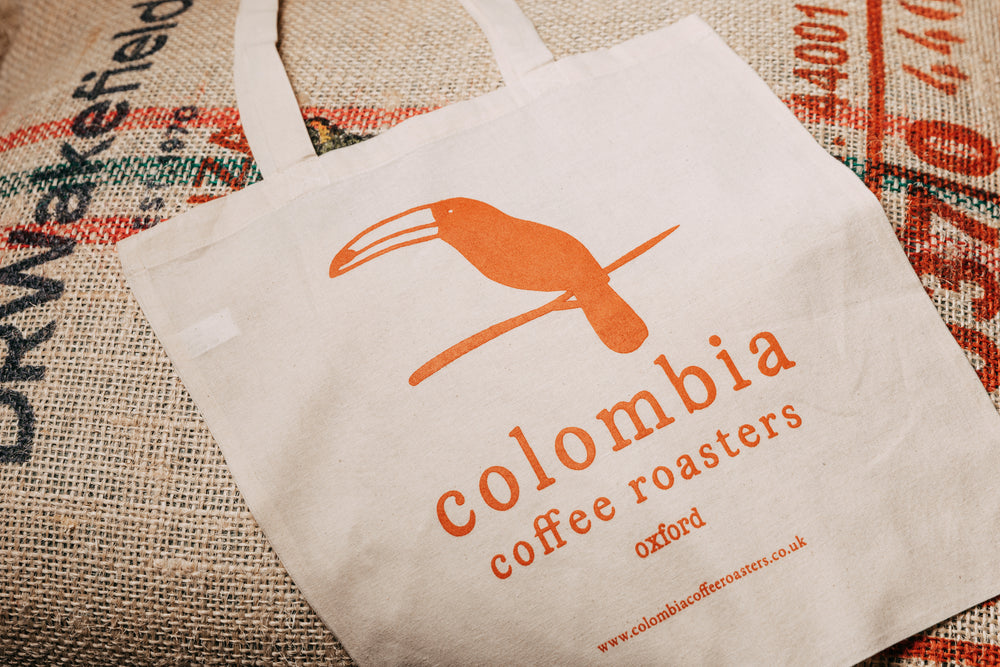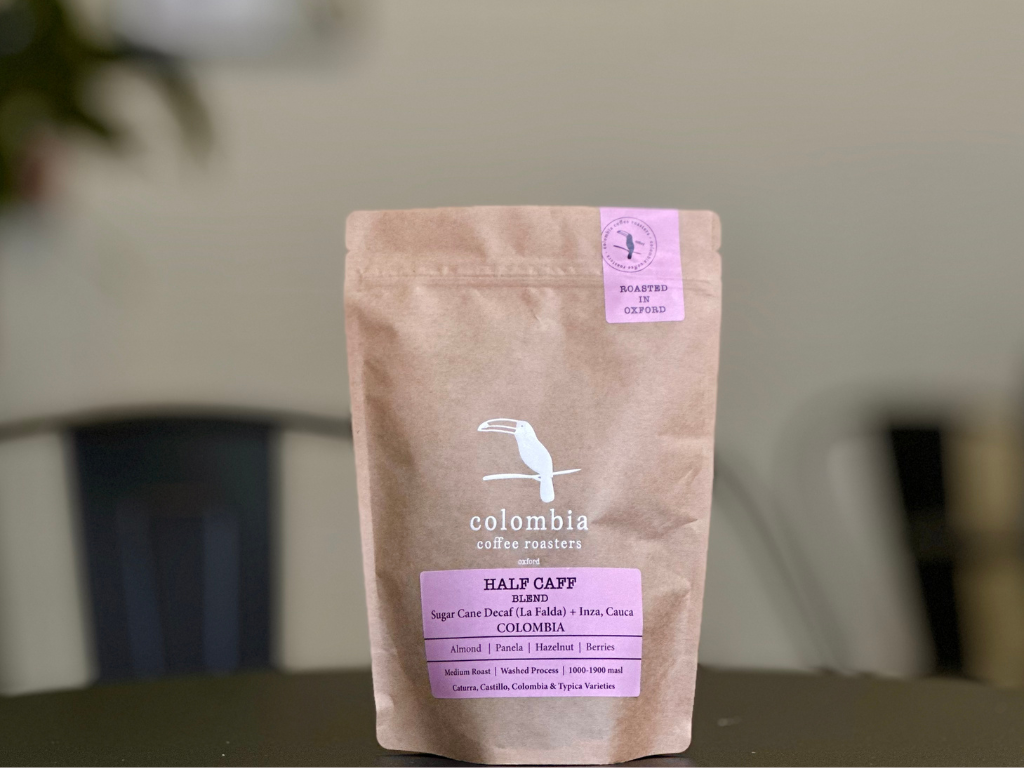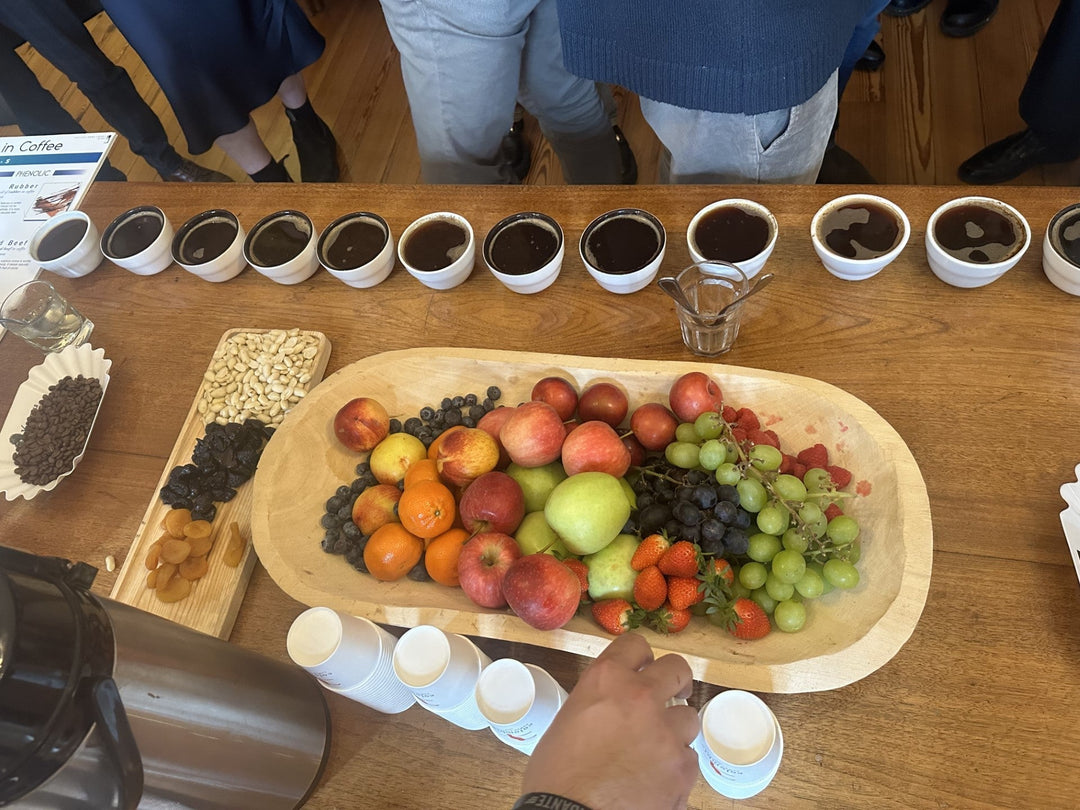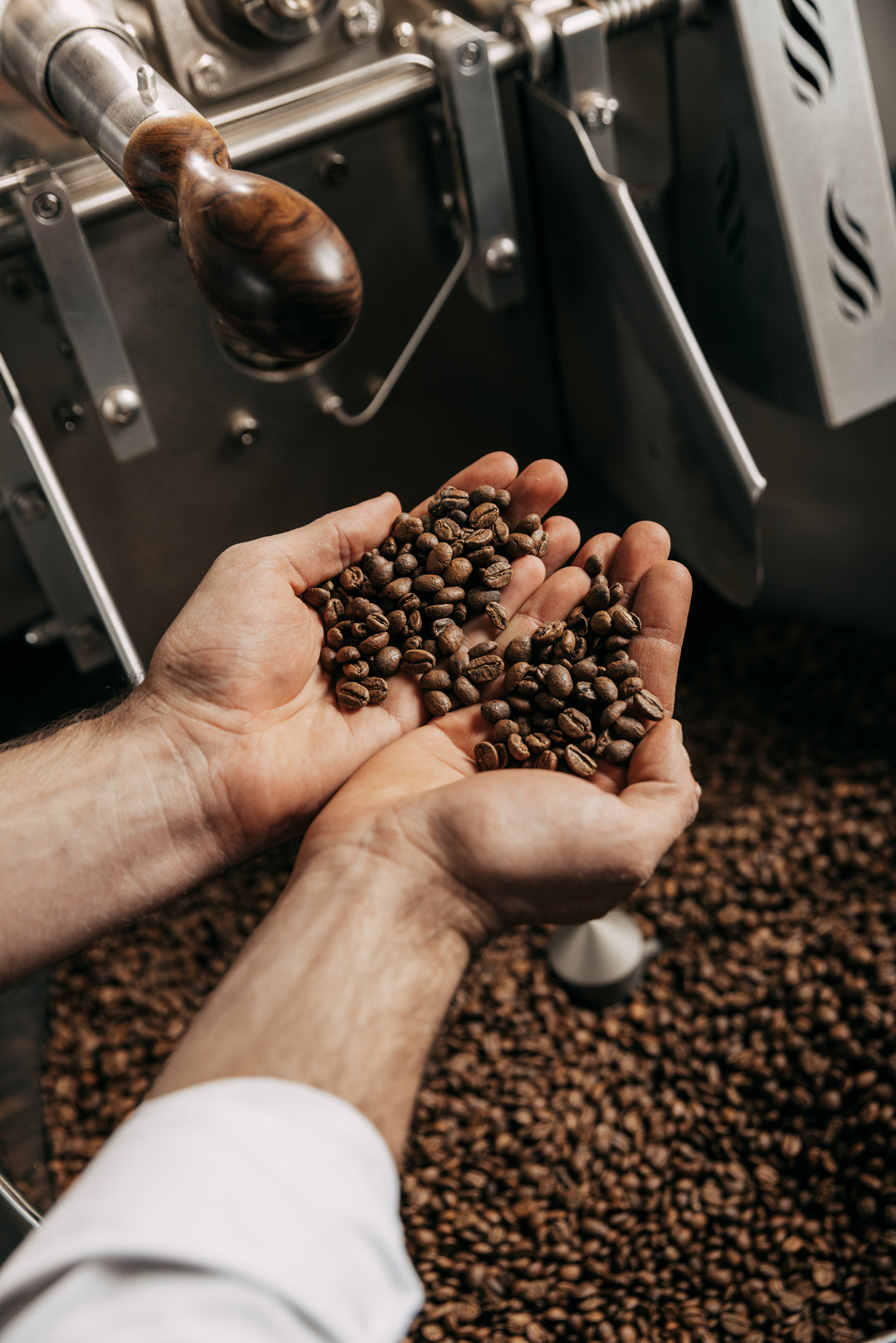Coffee Tasting: Our Thoughts on the New SCA Coffee Value Assessment:
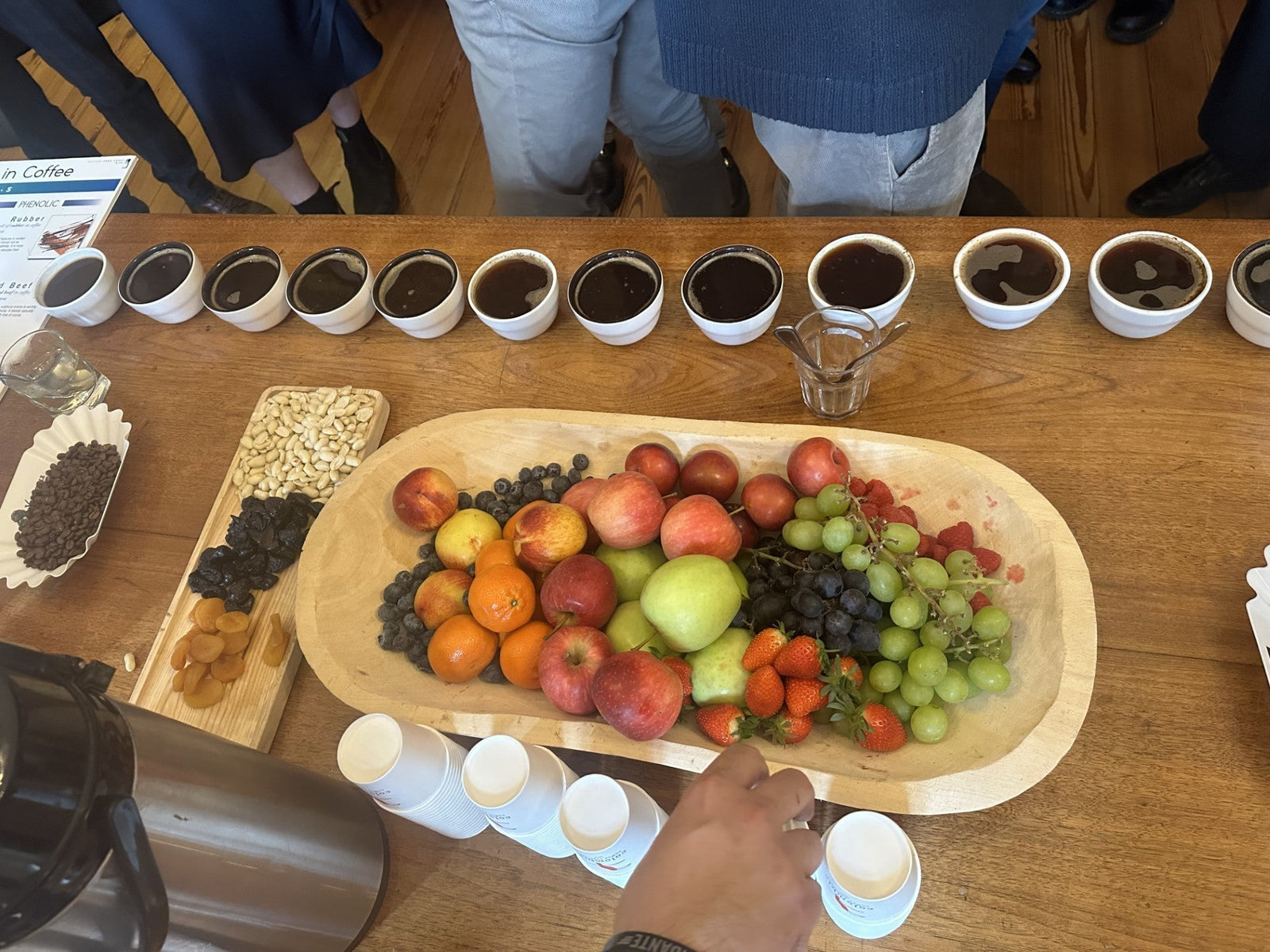
Last and this year, the coffee industry has been going through different significant changes. One of them is the way we assess coffee quality. For anyone deeply involved in the world of specialty coffee, coffee tasting—also known as coffee cupping—has long been a cornerstone of quality evaluation. It’s the ritual that allows coffee producers, buyers, and roasters to understand the sensory characteristics of a coffee and make purchasing decisions..
Recently, the Specialty Coffee Association (SCA) has introduced the Coffee Value Assessment (CVA), a tool that aims to bring more nuance and fairness to how we assess coffee. This shift is particularly important for coffee producers. Learn how the industry and our business are approaching this new model.
Coffee Prices Increasing: Will Your Cup Become More Expensive?
Coffee Tasting: The Traditional Process to Assess Quality
The traditional method of coffee cupping follows a standardized procedure. Coffees are roasted to a specific profile, ground to a precise coarseness, and steeped in hot water. Evaluators taste the coffee at various cooling stages, scoring categories such as aroma, flavor, aftertaste, acidity, body, balance, uniformity, and sweetness on a 100-point scale. These scores then translate into a final grade—typically used to determine quality tiers and influence pricing.
This system has worked well in creating a global language of quality. However, it has also drawn criticism for being too rigid. Some say it is not reflective of the full value that a coffee can bring. For instance, the traditional system heavily favors certain flavor profiles—such as bright acidity or fruity notes—while other equally complex but subtler profiles, often produced by different producing countries, may be undervalued.
What is the New Coffee Value Assessment?
The new Coffee Value Assessment is a bold attempt to modernize and expand the way we evaluate coffee. Instead of relying on a numeric score that consolidates various attributes into a single final grade, the CVA separates the evaluation into four distinct assessments:
-
Physical Assessment – evaluating the green and roasted coffee’s physical attributes and defects.
-
Descriptive Sensory Assessment – focusing on describing flavours and aromas without scoring them.
-
Affective Sensory Assessment – allowing for hedonic (pleasure-based) evaluation, which is more subjective and consumer-oriented.
-
Extrinsic Assessment – considering the broader context of the coffee, including origin, variety, processing method, and sustainability.
This holistic approach is designed to add depth and context to coffee evaluation, potentially benefiting coffee producers who cultivate unique profiles or follow sustainable practices that weren’t historically rewarded by the traditional scoring system.
What Coffee Professionals Think About the New CVA
Reactions to the CVA have been mixed.
Professionals working closely with producing countries, see the CVA as a much-needed evolution. For too long, coffees with distinctive but non-traditional profiles have been left behind. For example, producers in countries like Indonesia, Mexico, or the Philippines often grow coffees that exhibit herbal, earthy, or nutty notes. These characteristics have not always fared well in the old system but could find new appreciation under the CVA.
Some coffee producers have expressed optimism about the possibility of their work being judged more fairly and holistically. The addition of extrinsic factors means that transparency, sustainability, and innovation—elements that many farmers already prioritize—could finally be valued in the pricing discussion.
But, not all feedback has been enthusiastic. Certain roasters and buyers worry about the potential subjectivity in the affective and extrinsic assessments. There are also concerns about the learning curve involved, particularly for producers and cuppers in producing countries who have spent years mastering the traditional system.
Another challenge is consistency. Some fear that without a final numeric score, comparing coffees might become more difficult for buyers who rely on numbers for quick decisions.
Despite these concerns, there is a strong sense of collective responsibility within the coffee industry to adapt and evolve. Industry leaders emphasize that the CVA doesn’t replace the traditional system but rather complements it. It offers an alternative lens through which we can appreciate the true value of coffee.
Our Approach to the Coffee Value Assessment
At Colombia Coffee Roasters, we recognize that any transition takes time, effort, and an open mind. We are committed to embracing the SCA’s Coffee Value Assessment as a new tool to better understand and appreciate the coffees we source and roast, and at the same time, support our partner farmers in this transition.
We will exchange feedback on cupping processes and, we have discussed with our importer how they will be providing education on the new cupping forms, and investing in training sessions. This will enable producers forster dialogue with us and other buyers
Our goal is to continue building a coffee ecosystem where quality is recognized not just in the cup, but also in the context in which that cup was born, and highlight the uniqueness of each farm and our country.
We still need to understand the future implications of this new framework, but we are sure it will bring opportunity. And as always, we will do our best to adapt to this protocol and support our farmers and our community on this migration.
Support Your Local Coffee Roaster: Purchase Colombian Coffee Beans.
